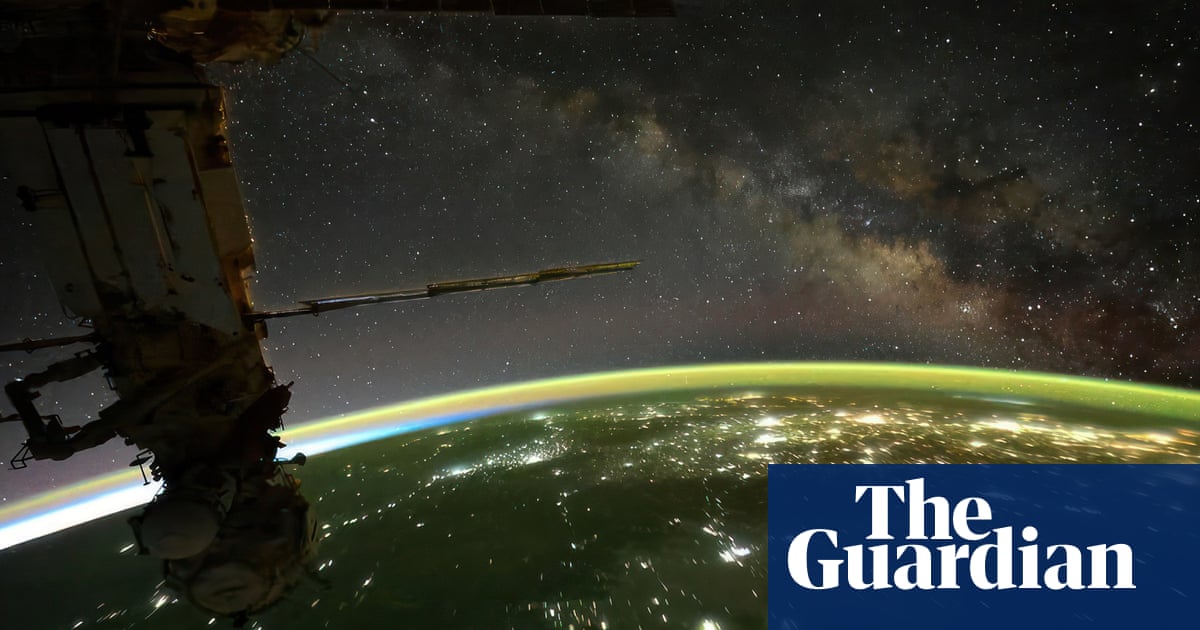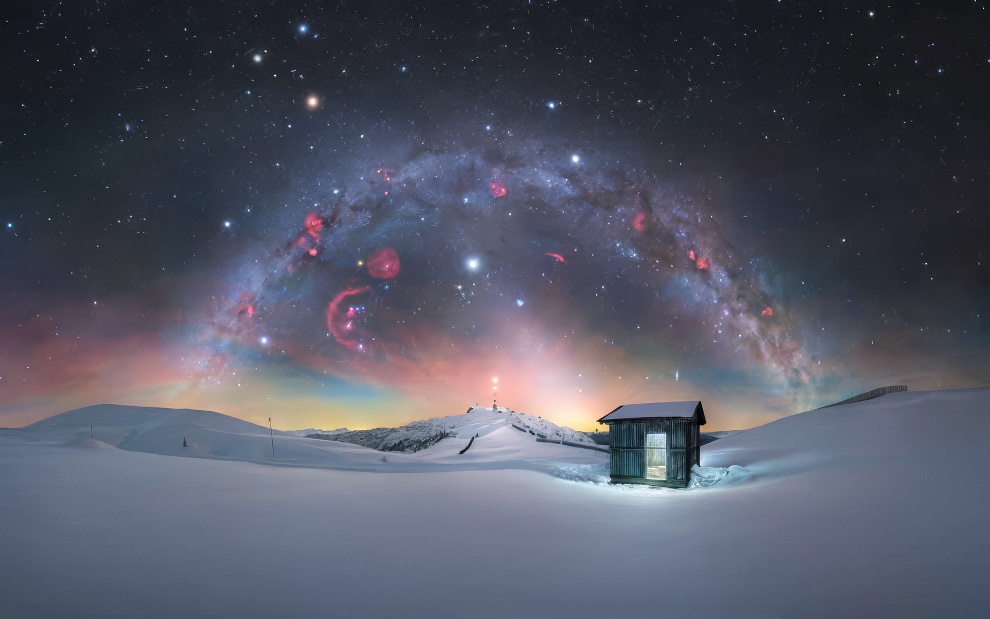#milky-way
#milky-way
[ follow ]
#astronomy #astrophysics #astrophotography #andromeda #night-sky #celestial-events #andromeda-galaxy
fromFast Company
4 months agoDon't miss the rare black moon rising August 22-it will be years until the next one. Here's why it'll help you see the Milky Way
A black moon occurs when there is a second new moon in a calendar month, or when there is a third new moon in a season of four new moons.
Miscellaneous
fromTravel + Leisure
6 months agoJuly Has 9 Major Astronomical Events Including Meteor Showers and a Planet Parade-and the First Starts Tonight
On the evenings of July 3-4, Mercury will reach its eastern elongation, appearing above the western horizon soon after sunset, with orange-tinged Mars above it.
Science
OMG science
fromwww.amny.com
7 months agoAmerican Museum of Natural History to launch new space show Encounters in the Milky Way,' narrated by Pedro Pascal | amNewYork
New show 'Encounters in the Milky Way' at AMNH explores galactic movements and their impact on our solar system, featuring stunning visualizations.
The show commemorates the 25th anniversary of the Rose Center for Earth and Space with advanced cosmic illustrations.
[ Load more ]




